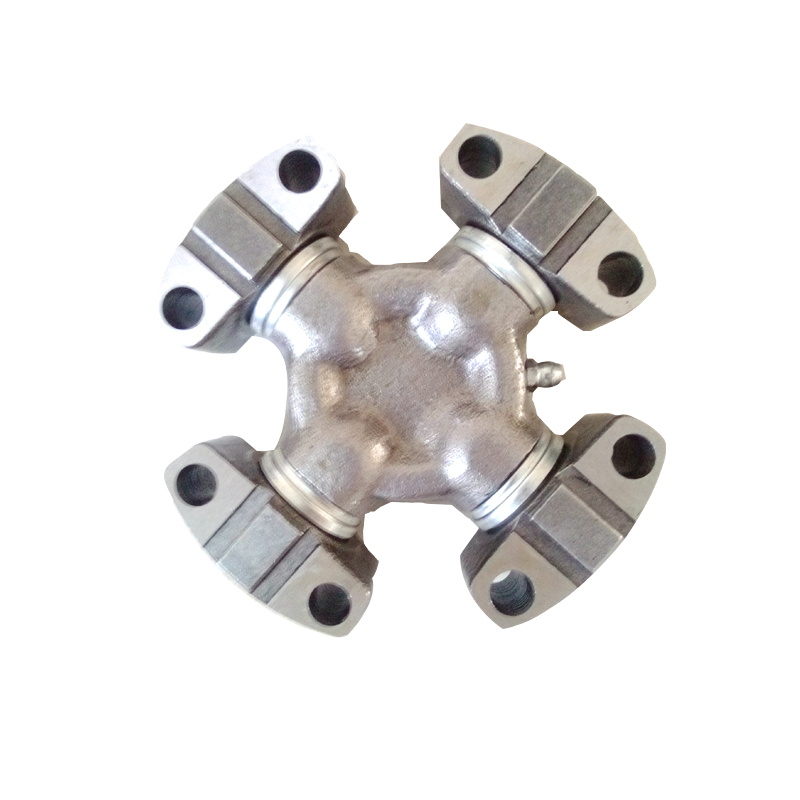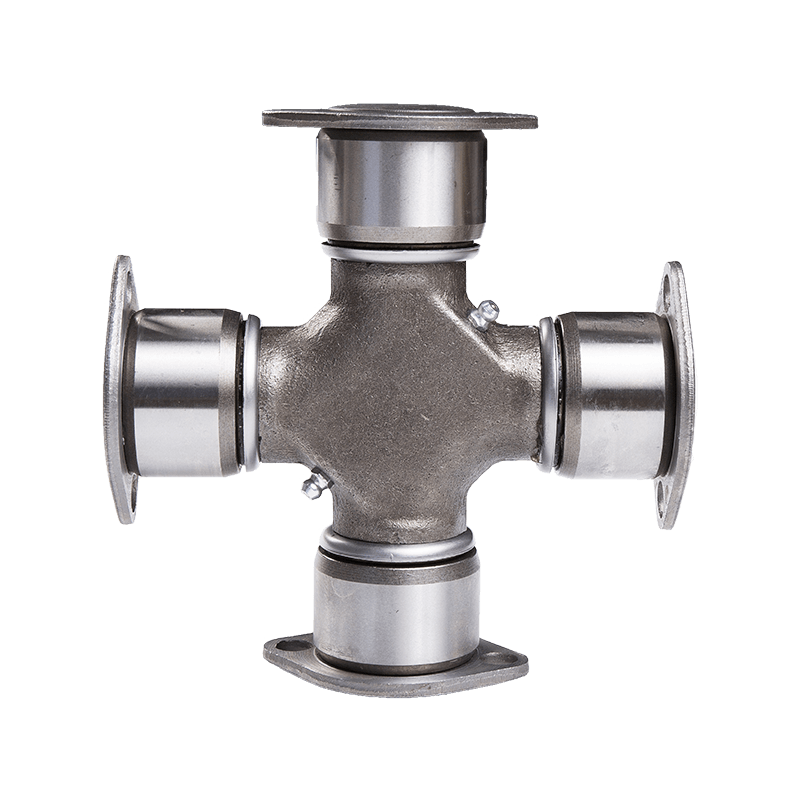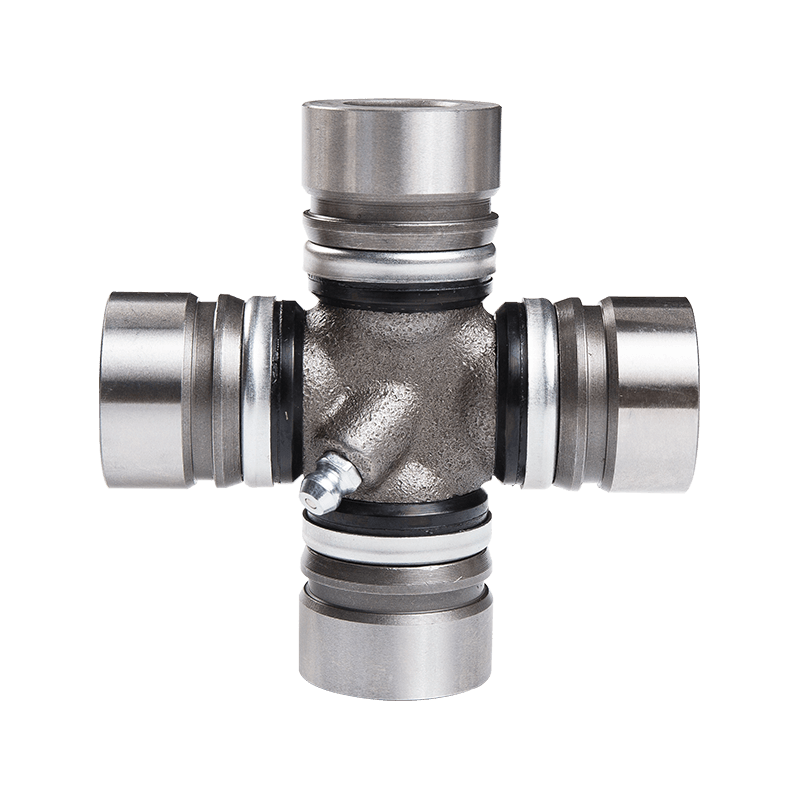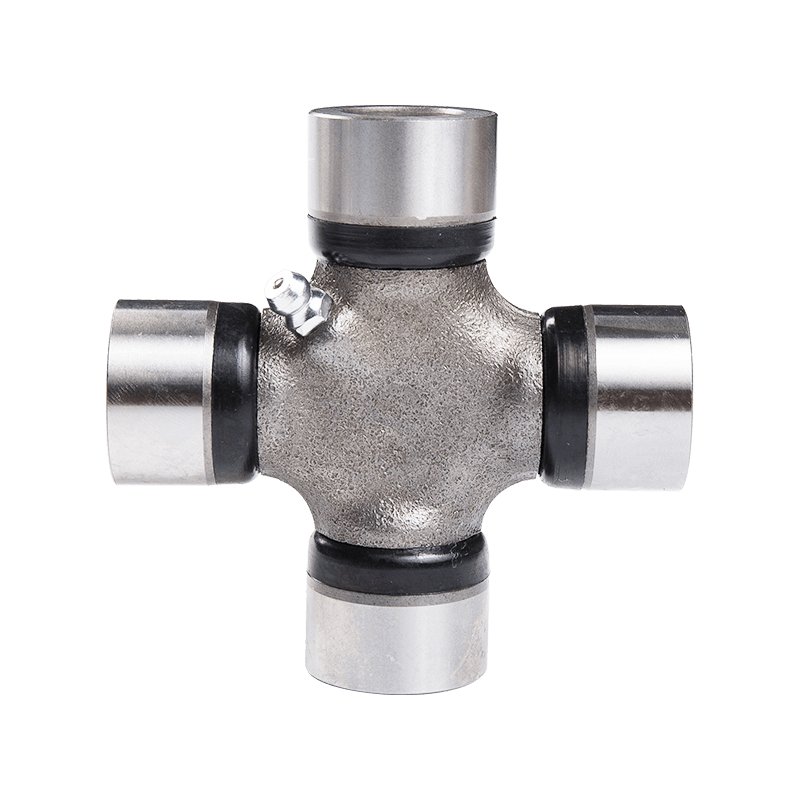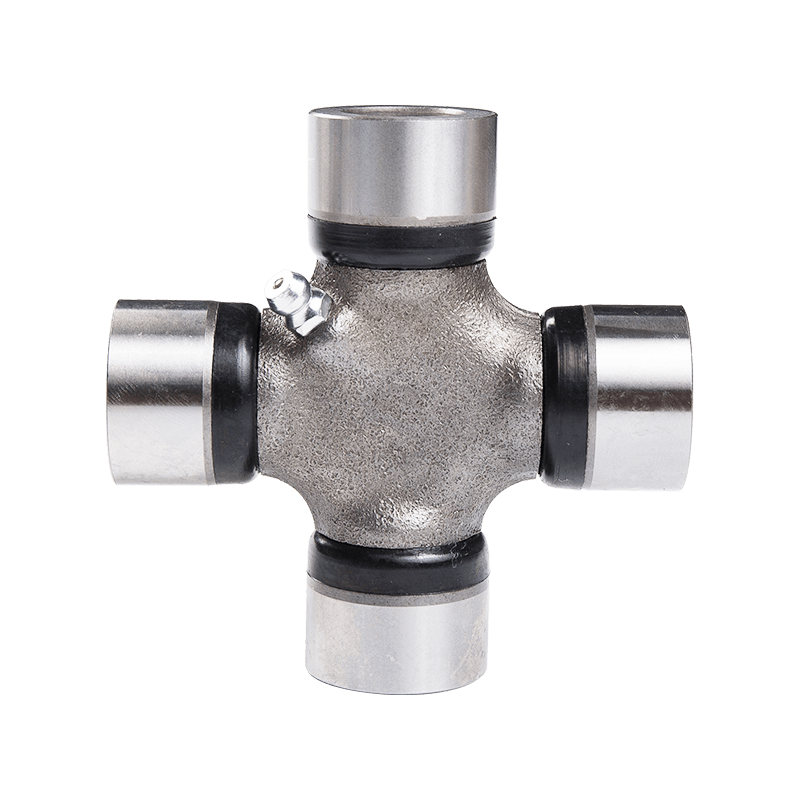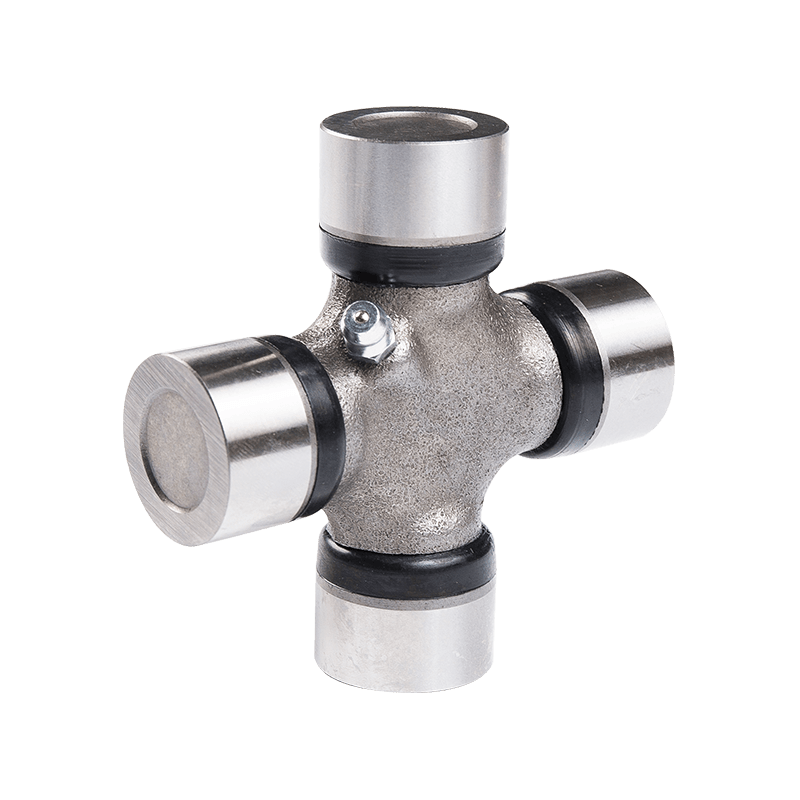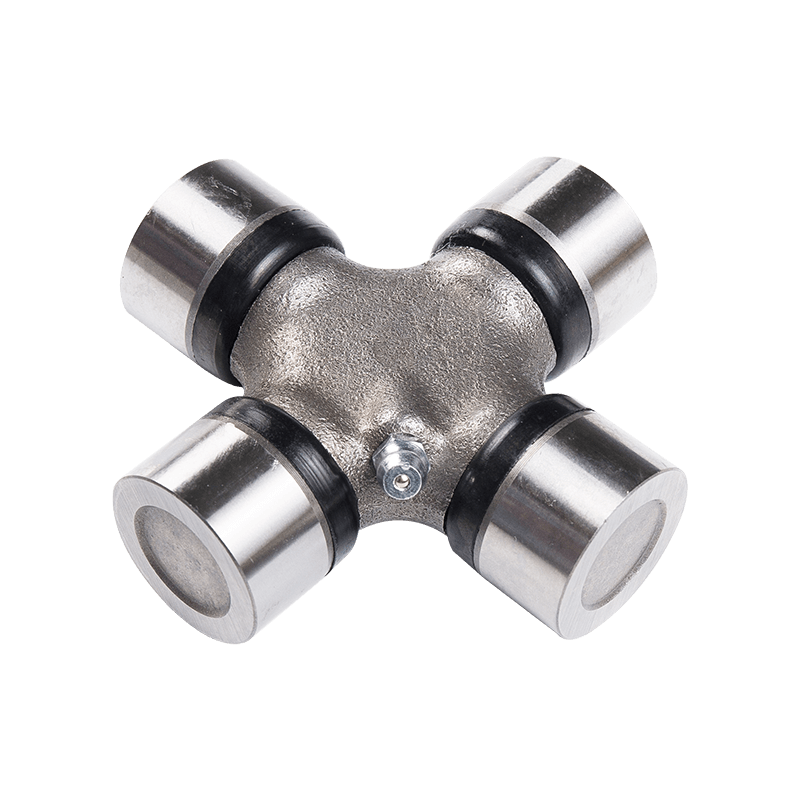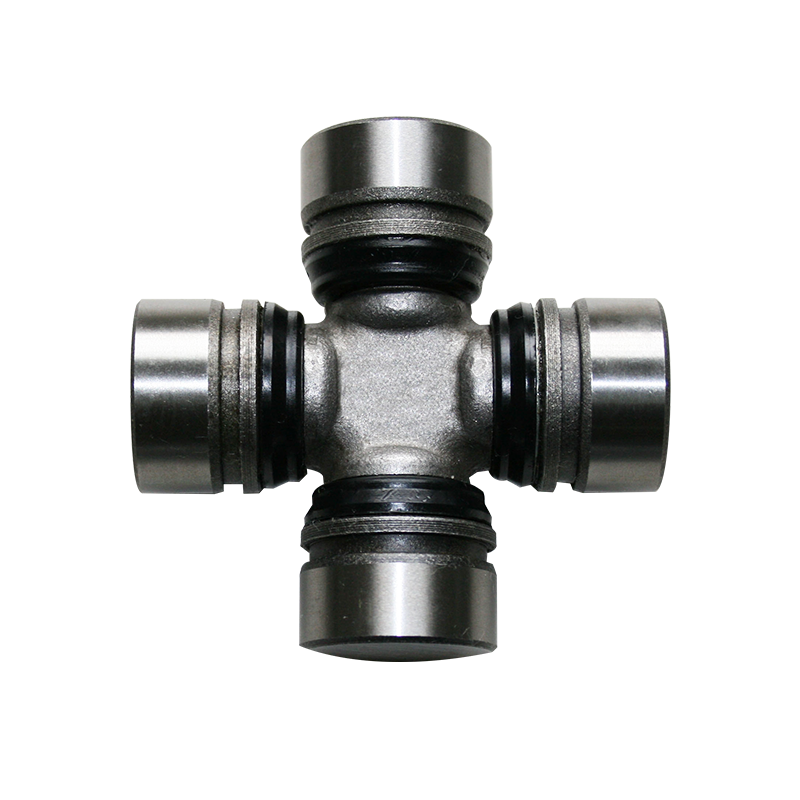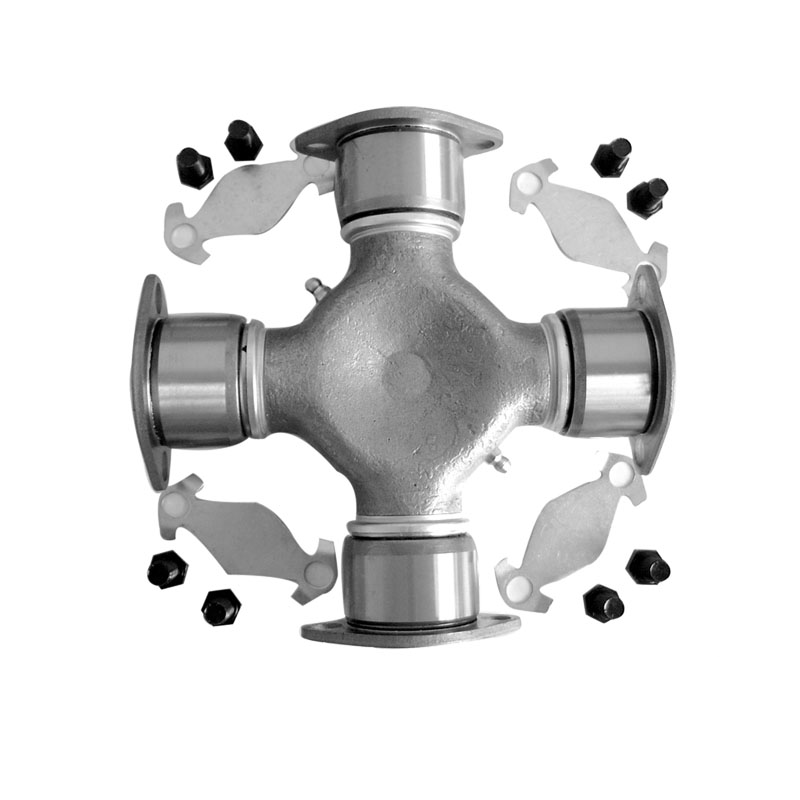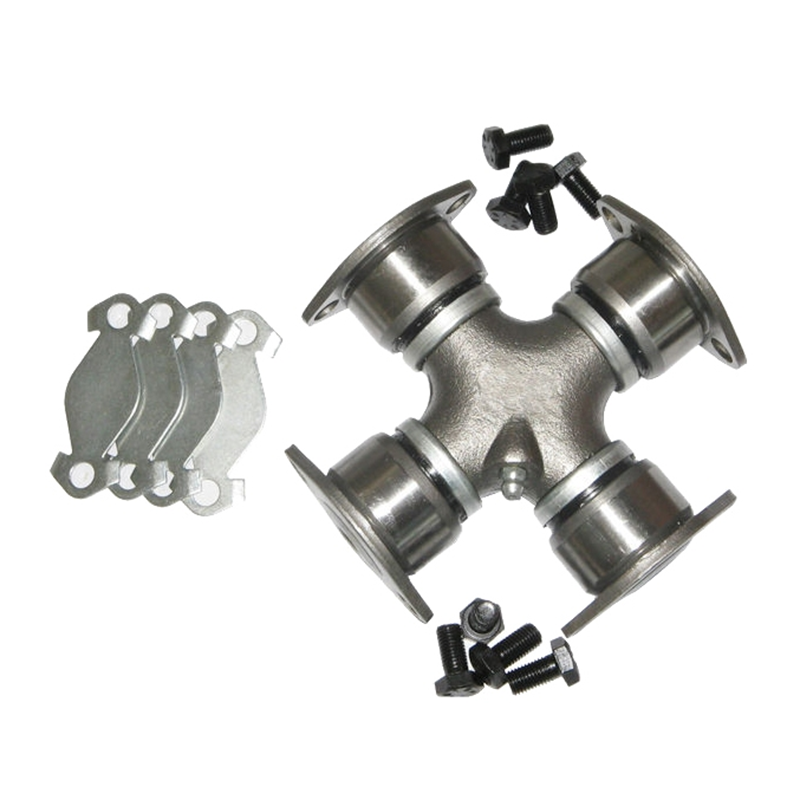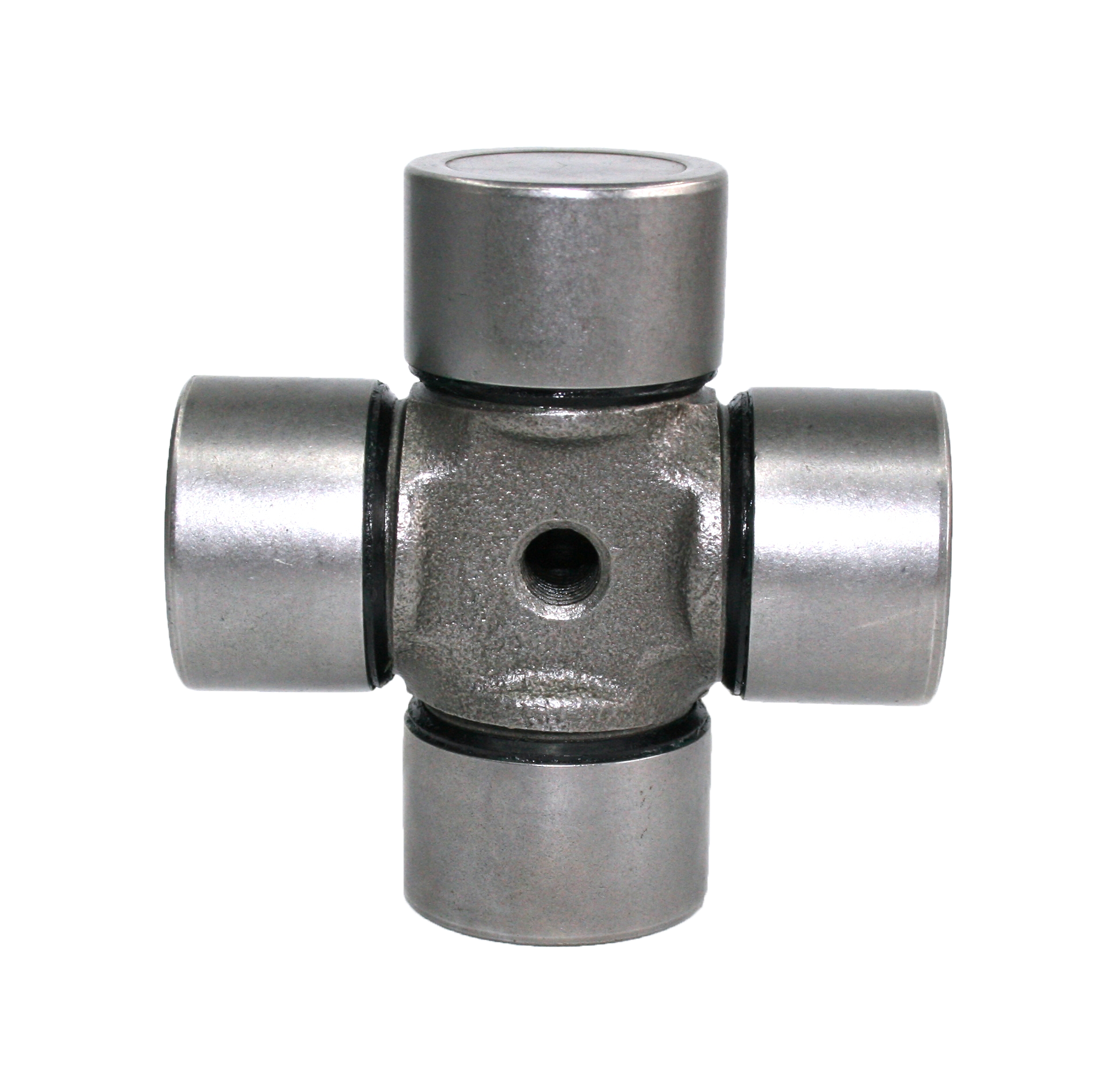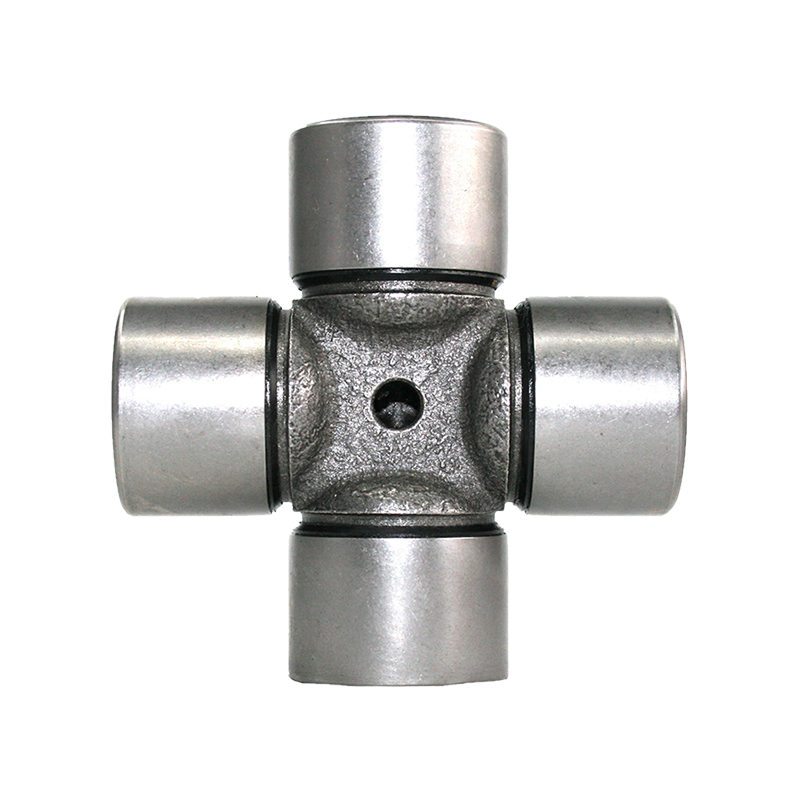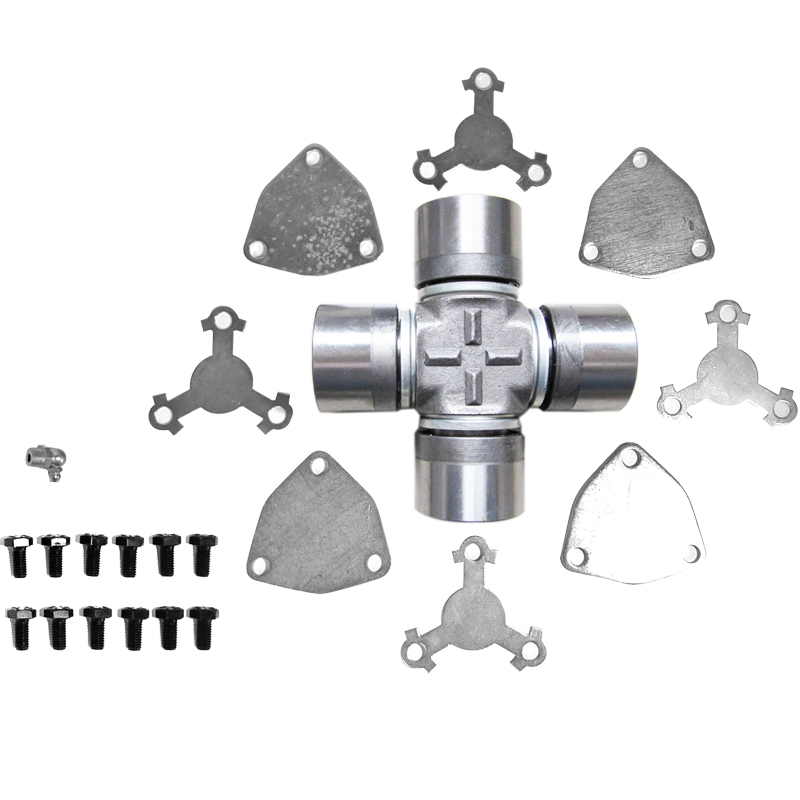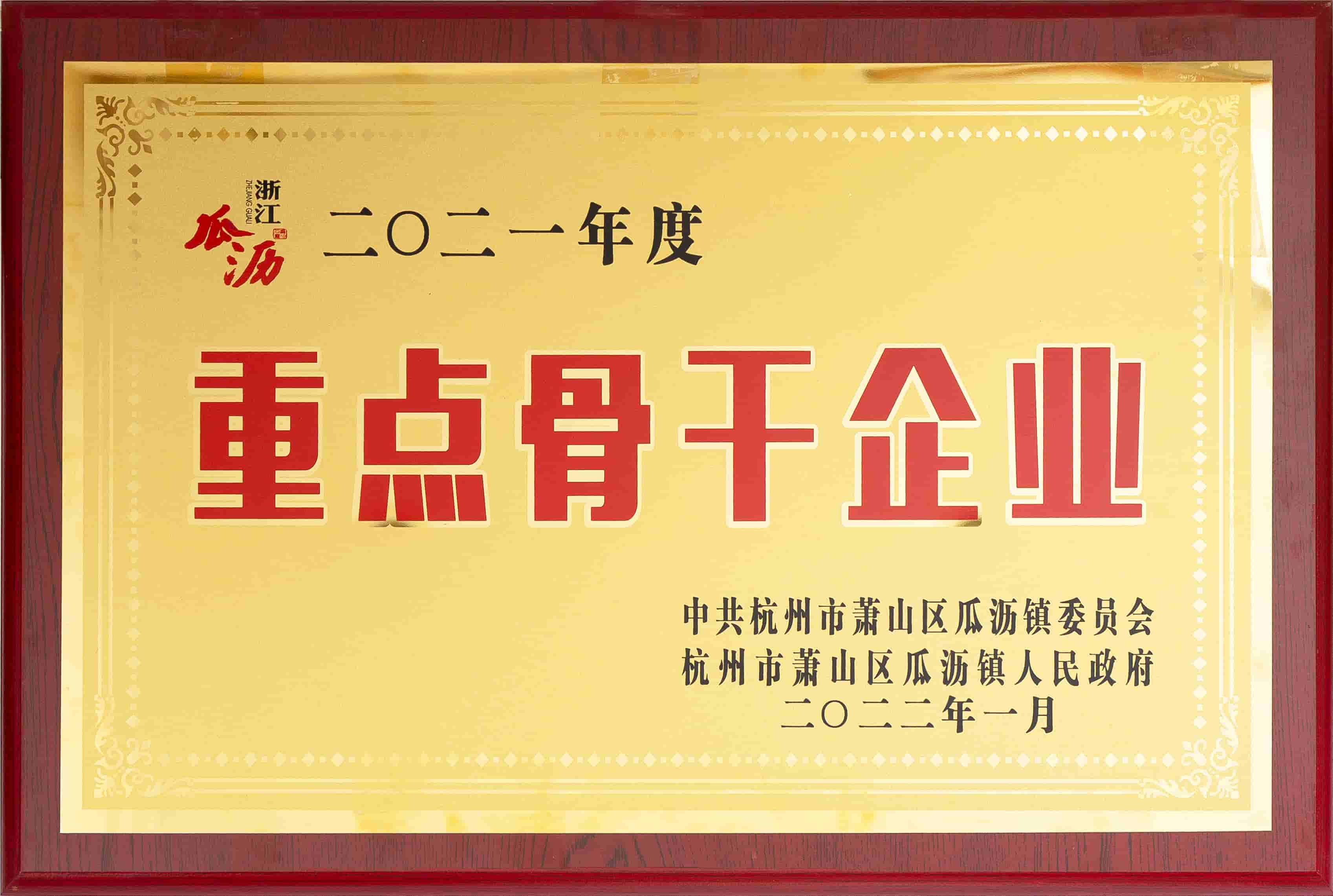What aspects does the torque capacity of Universal Joint 5-153X OSR Type With Four Round Bearings affect in use?
Power Transmission Efficiency: The torque capacity directly influences the joint's ability to transfer rotational force between non-aligned shafts. Higher torque capacity ensures efficient power transmission without slippage or failure.
Load Handling Capability: U-joints with higher torque capacities can manage and transfer higher loads without mechanical failure. This aspect is crucial for applications that demand heavy torque transmission.
System Performance: The torque capacity of the U-joint impacts the overall performance of the mechanical system or machinery. If the U-joint is appropriately matched to the torque requirements, it contributes to smoother operation. However, exceeding its capacity can lead to performance issues or failure.
Safety and Reliability: Overloading or operating a U-joint beyond its torque capacity compromises the safety and reliability of the equipment. This could lead to unexpected failure, potential hazards, or system breakdowns.
Wear and Longevity: U-joints operating near or beyond their torque capacity are subjected to higher stress, leading to increased wear. This can decrease the joint's lifespan and potentially lead to failure.
Application Suitability: Different applications require U-joints with varying torque capacities to ensure optimal performance and safety. Understanding the specific torque requirements of the application is crucial for selecting the appropriate joint.
Design Considerations: Determining the anticipated torque loads is essential in the design process. Engineers must accurately assess the expected torque to select the right U-joint size and type suitable for the specific application.
Operational Limits: Knowing the torque capacity helps in defining safe operating conditions, preventing the U-joint from being subjected to forces beyond its intended capacity. This ensures safe and reliable operation.
What are the ideal working environment conditions at Universal Joint 5-153X OSR Type With Four Round Bearings?
Proper Lubrication: Adequate and correct lubrication is crucial to reduce friction and wear between moving parts within the U-joint. The appropriate lubricant type, quantity, and maintenance schedule should align with the manufacturer's recommendations.
Contamination Control: Preventing the entry of contaminants like dirt, dust, water, and other particles is essential. Utilizing seals, protective coverings, or regular cleaning practices helps maintain the integrity of the joint by keeping foreign materials out.
Shaft Alignment: Correct alignment of the shafts connected by the U-joint is critical to reduce stress and premature wear on the joint. Misaligned shafts can cause increased wear and potential failure.
Operating Temperatures: Maintaining temperatures within the recommended range for the specific U-joint material is important to avoid excessive expansion, contraction, or damage due to extreme heat or cold.
Vibration Damping: Excessive vibrations can significantly impact the performance and lifespan of a U-joint. Implementing systems or features that dampen vibrations can help preserve the integrity of the joint.
Regular Maintenance: Scheduled inspections, lubrication checks, and timely replacement of worn components are crucial to prevent premature failure and extend the lifespan of the U-joint.
Adherence to Load and Torque Specifications: Operating the U-joint within its specified torque and load limits is essential to prevent excessive stress, wear, and potential failure.
Shock Absorption Capability: In applications with frequent shock loads, using U-joints designed to handle such conditions or employing shock-absorbing mechanisms becomes crucial for sustained performance.
Mitigating Misalignments: Excessive misalignment between shafts can lead to premature wear or failure. Proper installation and allowances for expected misalignment are important to preserve the U-joint's functionality.
Corrosion Prevention: Protecting the U-joint from corrosion is crucial, especially in environments with high moisture or chemical exposure. Utilizing coatings, appropriate material selection, or protective measures helps prevent corrosion and maintain the joint's integrity.
Adherence to Manufacturer's Guidelines: Following the manufacturer's recommendations for installation, maintenance, and operational limits is essential to ensure the U-joint functions optimally in its intended environment.
By ensuring these conditions, the
Universal Joint 5-153X OSR Type With Four Round Bearings can operate efficiently, experience reduced wear and tear, and have an extended service life. Different U-joints may have varying requirements based on their design and application, so adhering to specific manufacturer guidelines for the particular joint is highly recommended for optimal performance and durability.

 English
English Español
Español 中文简体
中文简体

